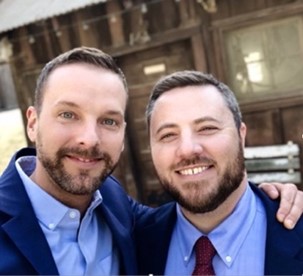
My Story of Why I Celebrate My Son and His Partner, Don Huizinga
My Story of Why I Celebrate My Son and His Partner By Don Huizinga I was born in 1947 in South Holland, IL, to an

My Story of Why I Celebrate My Son and His Partner By Don Huizinga I was born in 1947 in South Holland, IL, to an
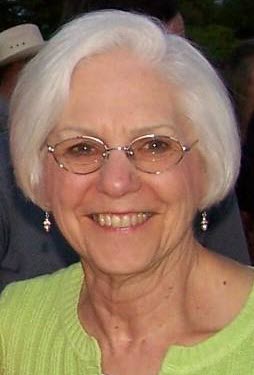
How is a Mother to Love Her Gay Son? By Jo Meyer What is a mother, loyally devoted to her church and to God, to
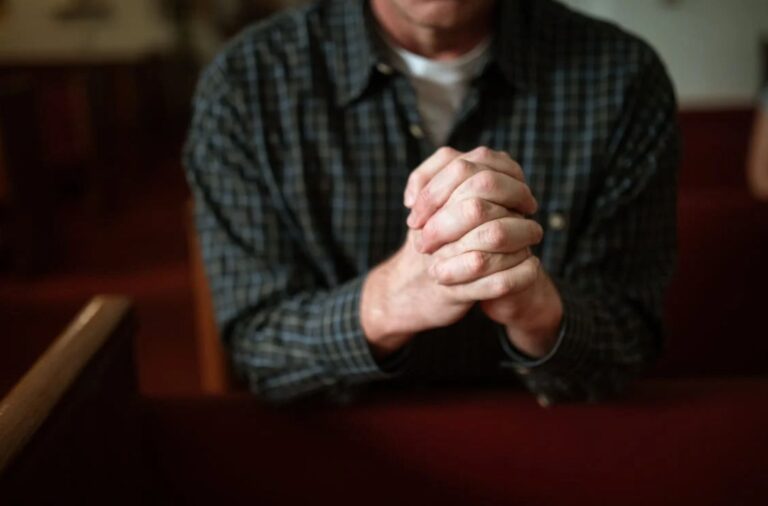
MY LEARNING JOURNEY Born in 1936 and having grown up in a Christian Reformed Church, I do not recall ever deciding that same sex attraction
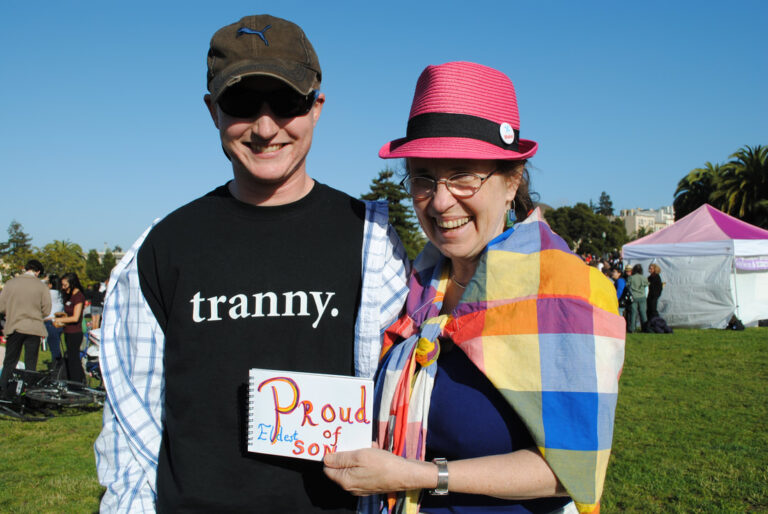
An Introductory Letter This is a letter in response to the CRC report on gender and sexuality, and in particular to the recommendations of the
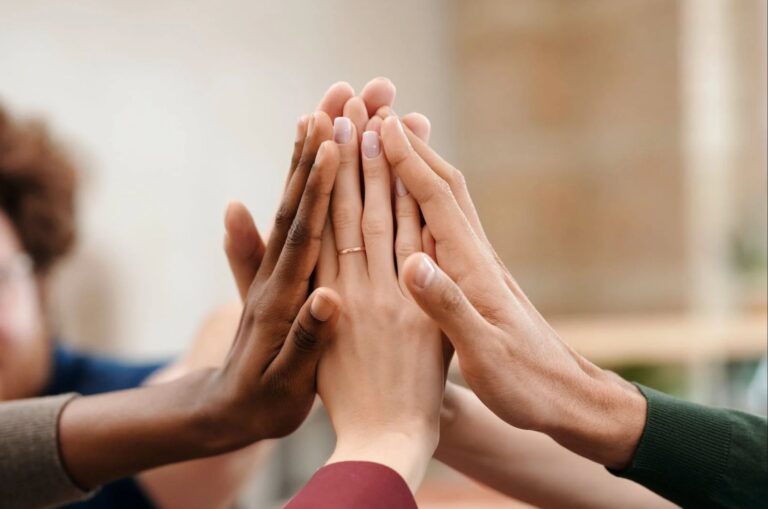
Several decades of study and dialogue make clear that significant differences of perspective exist among members of CRC congregations – including lay people, theology and

This is the fourteenth installment in a series of reflections on LGBTQ+ matters. The Christian Mystics over the centuries have taught that our purpose in
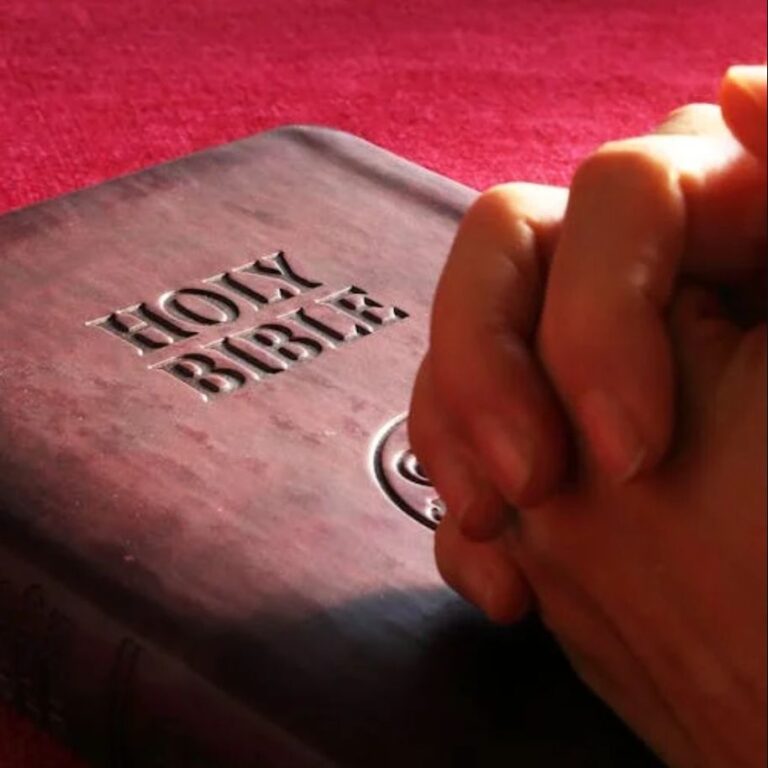
This is the thirteenth installment in a series of reflections on LGBTQ+ matters. As a delegate to the Christian Reformed Church’s Synod twice during the

This is the twelfth installment in a series of reflections on LGBTQ+ matters. The church is polarized over how to respond to realities like gender